Photo Gallery for Coelostathma discopunctana - The Batman Moth | 118 photos are available. Only the most recent 30 are shown.
|
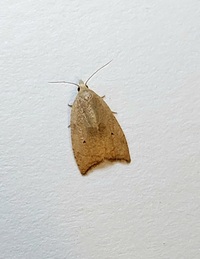 | Recorded by: Mark Basinger on 2024-09-29
Wilson Co.
Comment: | 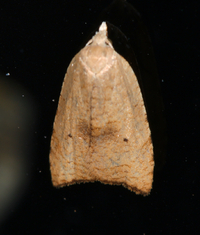 | Recorded by: Jim Petranka on 2024-08-17
Madison Co.
Comment: |
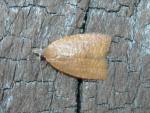 | Recorded by: R. Newman on 2024-08-01
Carteret Co.
Comment: | 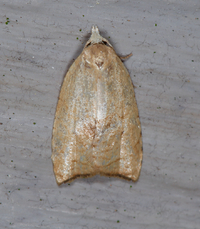 | Recorded by: Jim Petranka on 2024-07-22
Madison Co.
Comment: |
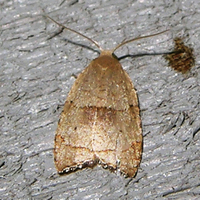 | Recorded by: Owen McConnell on 2024-07-21
Graham Co.
Comment: |  | Recorded by: David George on 2024-07-15
Chatham Co.
Comment: |
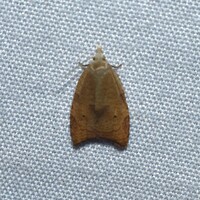 | Recorded by: Jeff Niznik on 2024-07-14
Watauga Co.
Comment: | 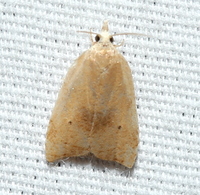 | Recorded by: David George, Jeff Niznik on 2024-07-08
Chatham Co.
Comment: |
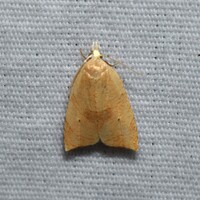 | Recorded by: David George, Jeff Niznik on 2024-05-25
Chatham Co.
Comment: | 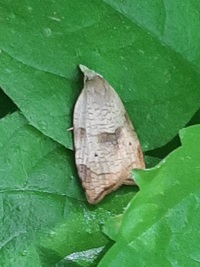 | Recorded by: Regina Patton on 2024-05-20
Jackson Co.
Comment: |
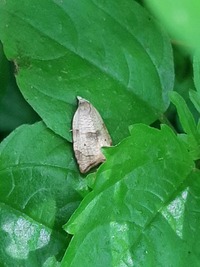 | Recorded by: Regina Patton on 2024-05-20
Jackson Co.
Comment: | 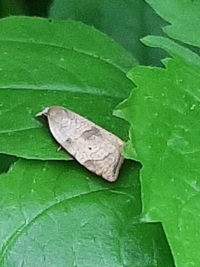 | Recorded by: Regina Patton on 2024-05-20
Jackson Co.
Comment: |
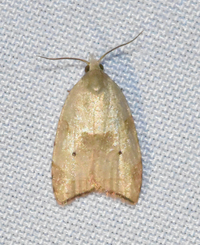 | Recorded by: Emily Stanley on 2024-05-08
Buncombe Co.
Comment: | 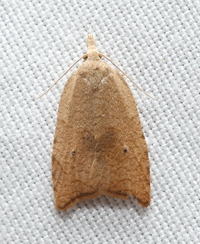 | Recorded by: David George, Stephen Dunn, Jeff Niznik on 2024-04-29
Chatham Co.
Comment: |
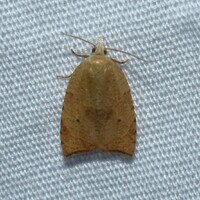 | Recorded by: David George, Stephen Dunn, Jeff Niznik on 2023-10-06
Orange Co.
Comment: |  | Recorded by: Stephen Dunn on 2023-09-05
Orange Co.
Comment: |
 | Recorded by: David George on 2023-08-31
Durham Co.
Comment: | 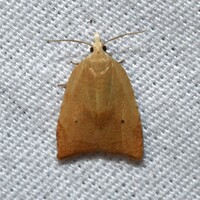 | Recorded by: David George, Jeff Niznik on 2023-08-16
Orange Co.
Comment: |
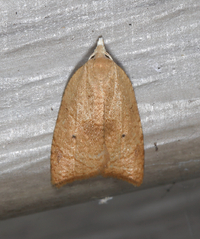 | Recorded by: Jim Petranka on 2023-07-31
Madison Co.
Comment: |  | Recorded by: David George, Stephen Dunn, Jeff Niznik, Rich Teper, Becky Watkins on 2023-07-30
Swain Co.
Comment: |
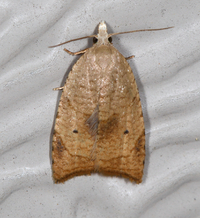 | Recorded by: Jim Petranka on 2023-07-25
Madison Co.
Comment: | 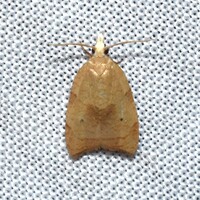 | Recorded by: David George, Jeff Niznik on 2023-07-09
Orange Co.
Comment: |
 | Recorded by: Jim Petranka on 2023-07-08
Madison Co.
Comment: |  | Recorded by: David George, Stephen Dunn, Jeff Niznik on 2023-07-06
Orange Co.
Comment: |
 | Recorded by: David George, Stephen Dunn, Jeff Niznik on 2023-06-03
Orange Co.
Comment: | 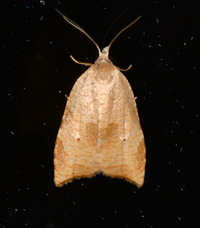 | Recorded by: Jim Petranka on 2023-06-01
Madison Co.
Comment: |
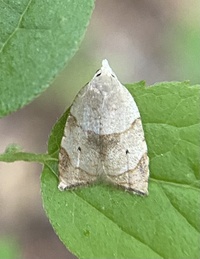 | Recorded by: David George on 2023-05-15
Alamance Co.
Comment: |  | Recorded by: Jim Petranka on 2023-05-08
Madison Co.
Comment: |
 | Recorded by: R. Newman on 2023-05-02
Carteret Co.
Comment: |  | Recorded by: David George, Jeff Niznik on 2023-04-29
Orange Co.
Comment: |
|